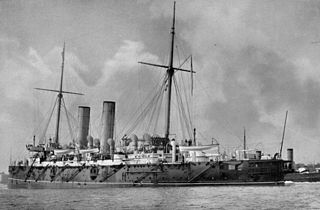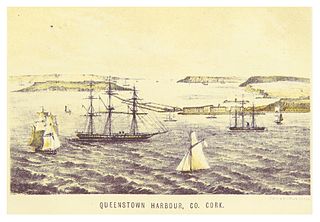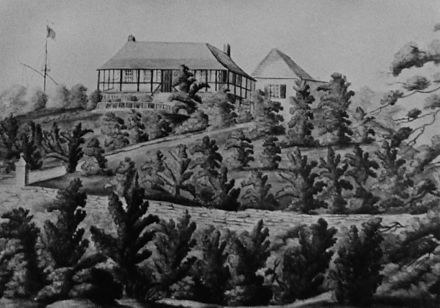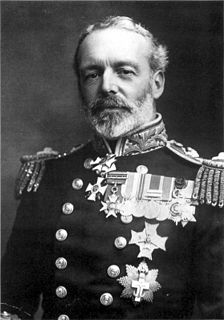
The Naval Intelligence Division (NID) was created as a component part of the Admiralty War Staff in 1912. It was the intelligence arm of the British Admiralty before the establishment of a unified Defence Intelligence Staff in 1964. It dealt with matters concerning British naval plans, with the collection of naval intelligence. It was also known as "Room 39", after its room number at the Admiralty.

The post of Controller of the Navy was originally created in 1859 when the Surveyor of the Navy's title changed to Controller of the Navy. In 1869 the controllers office was abolished and his duties were assumed by that of the Third Naval Lord who's title then changed to Third Naval Lord and Controller of the Navy. In 1904 his title was changed again to Third Sea Lord and Controller of the Navy. In 1965 the office of the Third Sea Lord was abolished. The post holder is responsible for procurement and matériel in the British Royal Navy.

The Commander-in-Chief, The Nore was an operational commander of the Royal Navy. His subordinate units, establishments, and staff were sometimes informally known as the Nore Station or Nore Command.

The Channel Fleet and originally known as the Channel Squadron was the Royal Navy formation of warships that defended the waters of the English Channel from 1854 to 1909 and 1914 to 1915.

Admiral Sir Sydney Colpoys Dacres was an officer of the Royal Navy who saw service during the Greek War of Independence, when he was involved in an attack on the Turkish forces at Morea, and later during the Crimean War. Born into a substantial naval dynasty during the Napoleonic Wars, he eventually rose to the rank of Admiral and became First Naval Lord. His only significant action as First Naval Lord was to press for the abolition of masts. He went on to be Visitor and Governor of Greenwich Hospital.

The Commander-in-Chief, Africa was the last title of a Royal Navy's formation commander located in South Africa from 1795 to 1939. Under varying titles, it was one of the longest-lived formations of the Royal Navy. It was also often known as the Cape of Good Hope Station.
Sir Richard Dacres was an officer of the British Royal Navy who saw service during the American War of Independence, and the French Revolutionary and Napoleonic Wars. A member of a substantial naval dynasty, he eventually rose to the rank of vice admiral.

The Royal Navy Medical Service is the branch of the Royal Navy responsible for medical care. It works closely with Queen Alexandra's Royal Naval Nursing Service.

The Naval Secretary is the Royal Navy appointment for which the incumbent of this office is responsible for advising the First Sea Lord and Chief of Naval Staff on all matters relating to Flag and General Officers’ appointing. His counterpart in the British Army is the Military Secretary. The Royal Air Force equivalent is the Air Secretary.

The Commander-in-Chief, Portsmouth was a senior commander of the Royal Navy for hundreds of years. Portsmouth Command was a name given to the units, establishments, and staff operating under the post. The commanders-in-chief were based at premises in High Street, Portsmouth from the 1790s until the end of Sir Thomas Williams's tenure, his successor, Sir Philip Durham, being the first to move into Admiralty House at the Royal Navy Dockyard, where subsequent holders of the office were based until 1969. Prior to World War One the officer holder was sometimes referred to in official dispatches as the Commander-in-Chief, Spithead.

The Commander-in-Chief, Plymouth was a senior commander of the Royal Navy for hundreds of years. Plymouth Command was a name given to the units, establishments, and staff operating under the admiral's command. Prior to 1914 the holder of the office was often referred to as Commander-in-Chief, Devonport. The Commanders-in-Chief were based in what is now Hamoaze House, Devonport, Plymouth from 1809 to 1934 and then at Admiralty House, Mount Wise, Devonport from 1934 until 1996.

The Coast of Ireland Station was a historic command of the Royal Navy based at Queenstown in Ireland.

The Jamaica Station was a formation or command of the United Kingdom's Royal Navy stationed at Port Royal in Jamaica from 1655 to 1830.
The 1871 Birthday Honours were appointments by Queen Victoria to various orders and honours to reward and highlight good works by citizens of the British Empire. The appointments were made to celebrate the official birthday of the Queen, and were published in The London Gazette on 20 May 1871.

The Leeward Islands Station and originally known as the Barbadoes and Leeward Islands Station was a formation or command of the Kingdom of Great Britain and then the United Kingdom's Royal Navy stationed at English Harbour, Antigua, Leeward Islands from 1743 to 1821.
The Newfoundland Station was a formation or command of, first, the Kingdom of Great Britain and, then, of the United Kingdom's Royal Navy. Its official headquarters varied between Portsmouth or Plymouth in England where a squadron of ships would set sail annually each year to protect convoys and the British fishing fleet operating in waters off the Newfoundland coast and would remain for period of approximately six months based at St. John's Harbour. In 1818 the station became a permanent posting headquartered at St John's. It existed from 1729 to 1825.
The Downs Station also known as the Commander-in-Chief, the Downs or Admiral Commanding at the Downs was a former formation of the Kingdom of Great Britain and then the United Kingdom's Royal Navy based at Deal it was considered a major command of the Royal Navy from 1626 until 1834.
The Lisbon Station also known as Lisbon Station and Coast of Spain was a formation of the British Navy operating of the coast of Portugal from 1779 to 1782 before being disbanded and then again from 1783 until 1841.

The Admiral Commanding, Reserves, (ACOMRES) was a senior Royal Navy post that existed from 1875 to 1976.




















